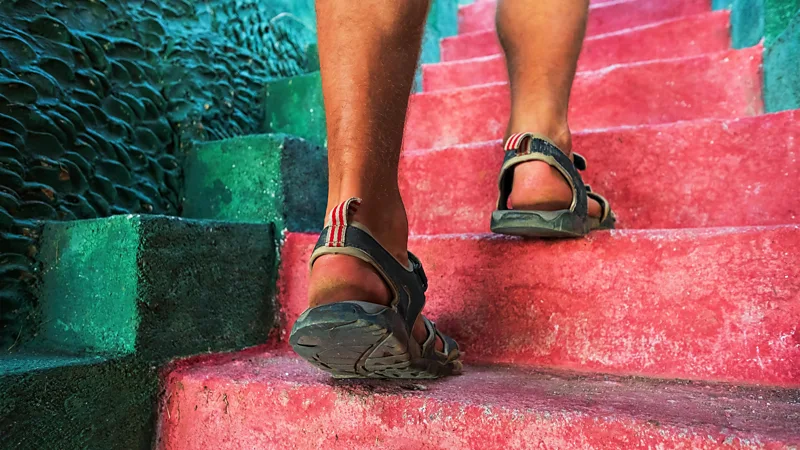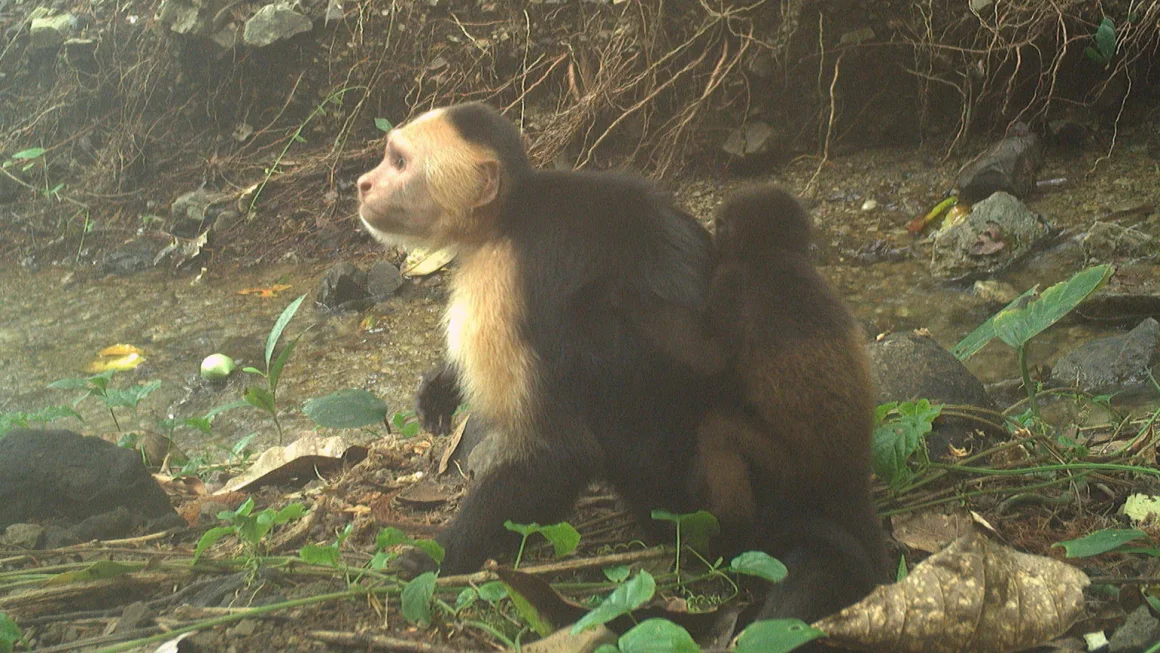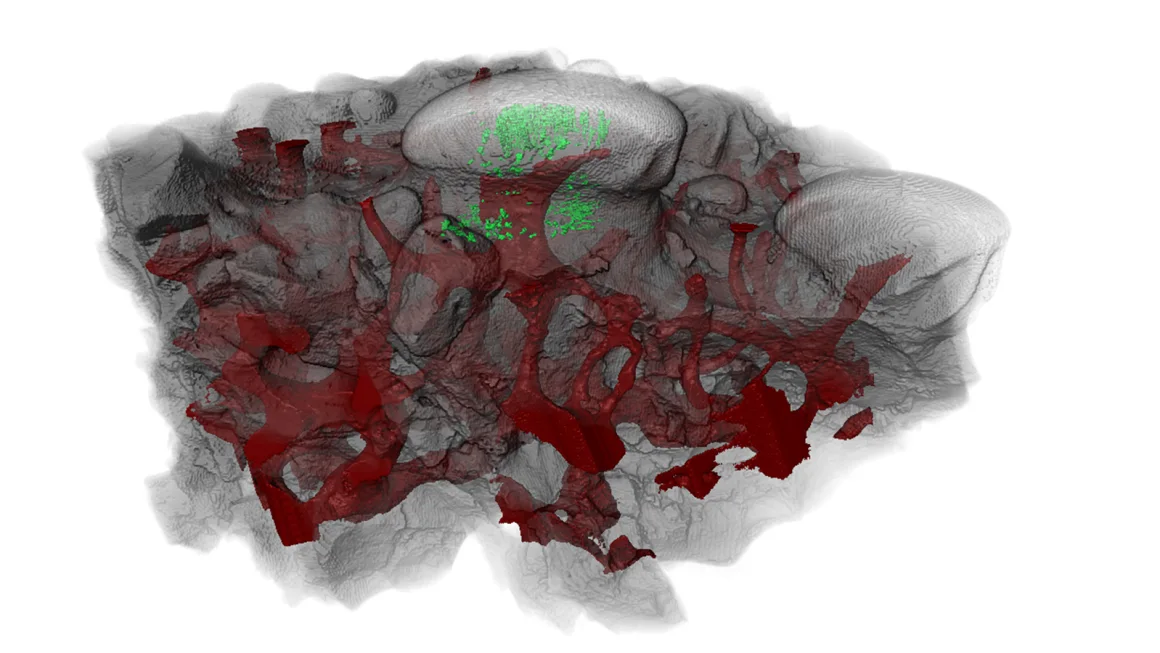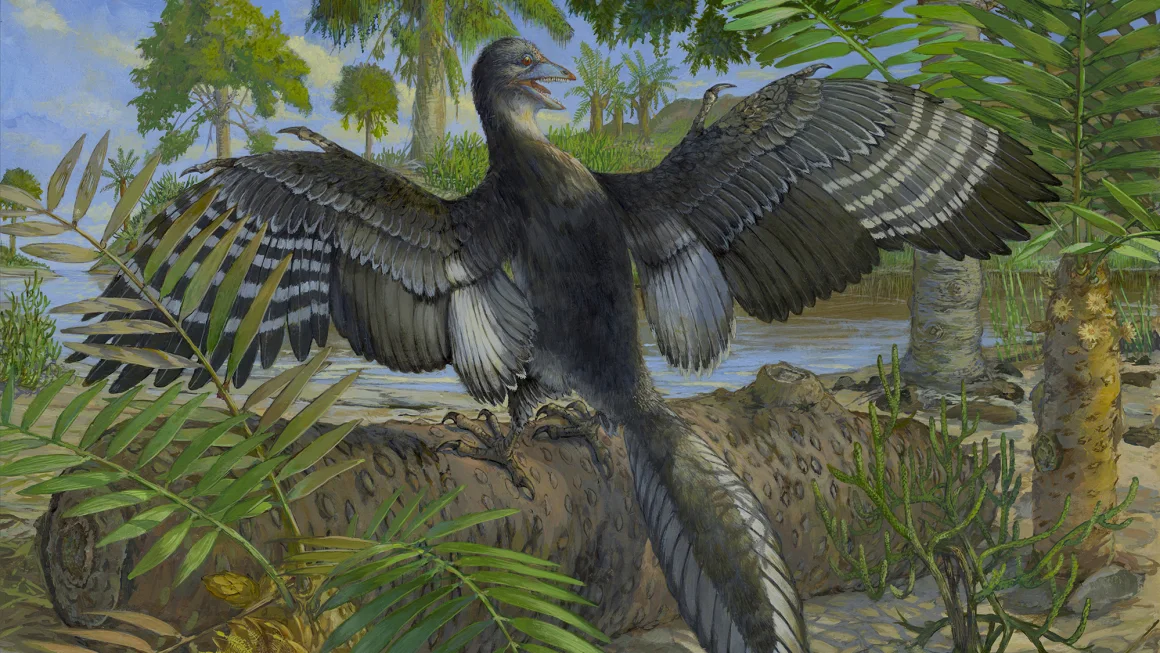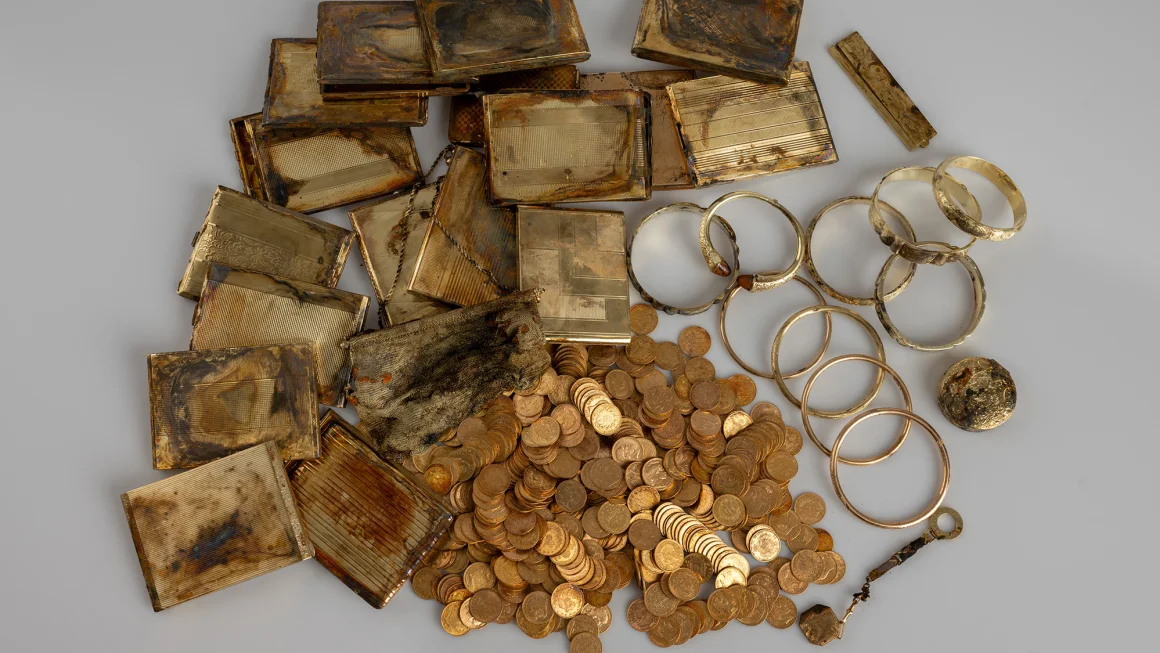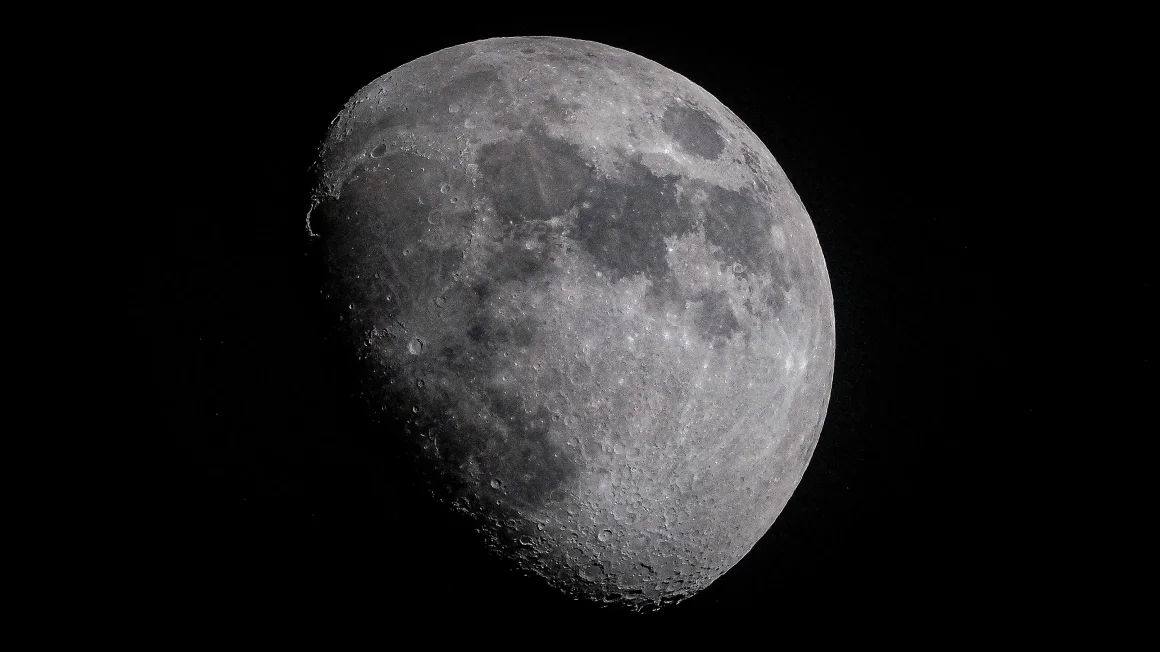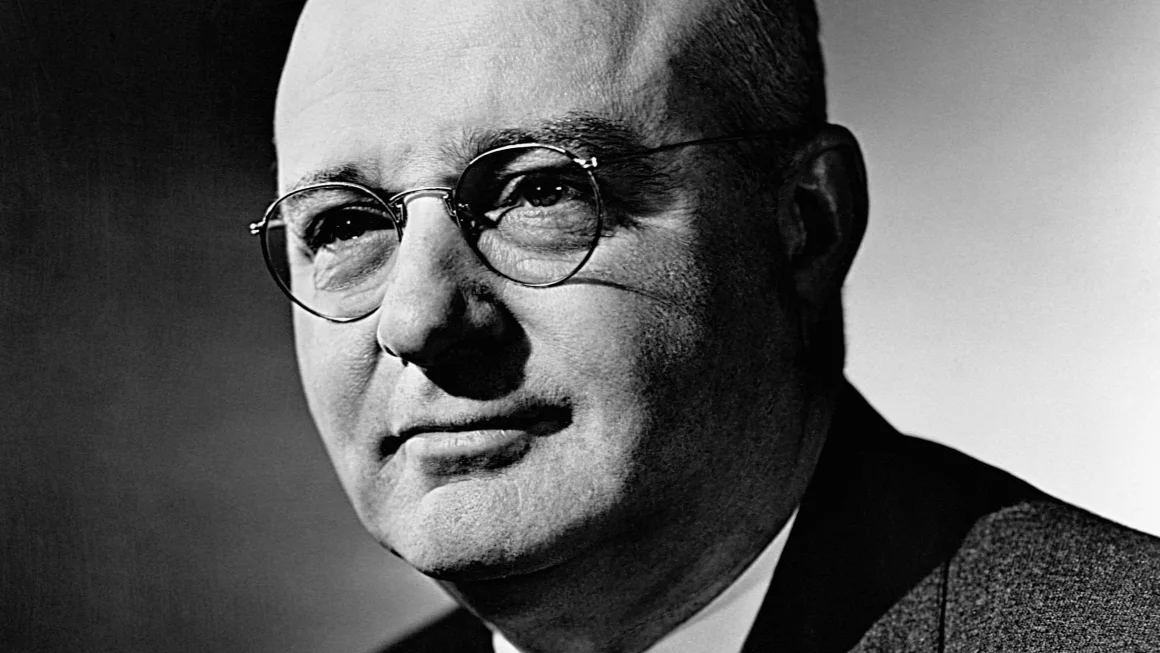
Post By : 2025-05-25T12:05:59"
The Indian Ocean's laid-back 'paradise on Earth'"
On a recent visit to Perth, I mentioned to a local that I was heading to Rottnest Island the next day. She sighed wistfully. "I love it there," she said. "You're going to love it too. It has a special kind of magic – the kind of place where you kick off your shoes the minute you arrive. Everything slows down and you can breathe a little more deeply."
I already felt that Perth was a little like that – at least, life there felt slower and less frenzied than in my hometown of Melbourne on Australia's east coast – but I smiled back, not really knowing what she meant.
However, she was right. Rottnest Island, a peaceful 19-sq-km isle off the coast of Western Australia, is, in fact, magical. The spell was cast as soon as our ferry left the mainland, skimming over the Indian Ocean. Humpback whales breached nearby, sending jets of sea spray into the air and flipping their tails as if in welcome. The sky was clear with the promise of a perfect day to come.
Just 19km and 30 minutes later, I stepped off the ferry into another world. Rottnest Island has been famously car-free since 1931, and those more in the know than me immediately jumped onto bikes they'd brought with them or wandered off to hire one from Pedal and Flipper, said to be the largest bike hire place in the southern hemisphere.
Kids zoomed around in packs, dodging groups of tourists ambling through the main settlement. Some people had fishing rods under one arm; others, surfboards strapped to their bikes. Families stopped at the bakery for a flat white and vanilla slice before heading off to explore the island's 63 beaches and 20 bays, many with evocative names like Little Parakeet Bay and Cathedral Rocks that in no way came close to capturing the grandeur of the scenery in real life.
There was no urban noise, no traffic and nothing to worry about. It was idyllic and glorious and everything I imagined a nostalgic care-free (and car-free) island holiday to be.
The isle has long been a cherished playground for generations of Western Australian families. "Rottnest is very, very special, particularly to the people of Perth, like me," explained Paul Campbell, a volunteer guide I met not long after I arrived. Campbell spent his childhood holidays on Rottnest and now returns regularly to tell people about his beloved island. "There are no multi-storey high-rise hotels here," he added. "There is no private ownership. If you ever tried to put a multi-storey-anything here for wealthy people, you would be absolutely torn to shreds. We are very protective of our beautiful island."
As Campbell put it: "When I was nine years old, the [cultural] experience that I had on Rottnest is not that much different to what you're going to experience today."
You won't find any private cars here – just a few vehicles for rangers and staff – so most everyone gets about on two wheels or two feet (or the odd skateboard, scooter or Segway), having to occasionally dodge quokkas lounging on the road. Accommodation ranges from beachside cottages with bike racks out front to backpacker dorms to relaxed boutique hotels. While many tourists come on a day trip from Perth, it's much better to stay the night: quokkas are nocturnal and will spend most of the day sleeping under shady bushes. In addition, most day-trippers leave by 16:30, at which point the island truly comes into its own.
"It was the largest number of Aboriginal deaths in custody in history in Australia," explained volunteer guide Anne Yardley, when I met her later at the island's Wadjemup Museum. "And from the biggest number of Aboriginal nations."
But Indigenous connection to the island stretches far beyond this painful chapter. Long before European settlement, the island was part of the mainland, and archaeological evidence shows that the Noongar people lived on and used the island for tens of thousands of years. Its Indigenous name – Wadjemup – means "place of spirits".
"This was a significant place for Indigenous people," Campbell told me. "Ceremonies were held here. But about 6,500 years ago, sea levels rose and this patch of land became an island. The Aboriginal people stayed on the mainland and it was left alone for thousands of years… all through Christianity, the Roman Empire, the Egyptian Empire… until Europeans arrived."
Today, Wadjemup is working to tell this fuller story. The small but compelling Wadjemup Museum has been revamped; while walking trails such as the 45km Wadjemup Bidi – made up of five connected trails and built in part by volunteers – connects visitors to historical and cultural sites across the landscape, with interpretive signage and installations by Noongar artists. The Wadjemup Project, an Aboriginal-led initiative, focusses on acknowledging Wadjemup's history of Aboriginal incarceration and the memorialisation of former prison sites.
"